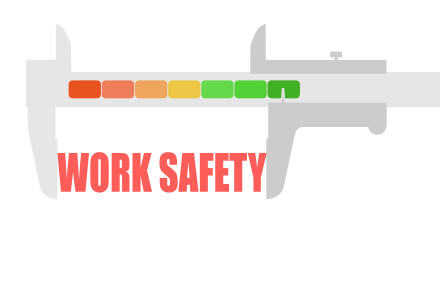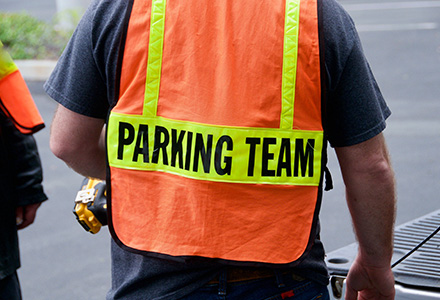Safety Net Blog
MEMIC's all about workplace safety blog since 2008! Easy-to-read safety advice combines with email delivery to give you a whole new way to keep your safety program on track. If you'd like to search a topic not listed, please use the overall site search at the top right.

Guarding Golden Years: Preventing Patient Falls and Ensuring Caregiver Safety
This blog underscores the significance of safeguarding elderly residents and promoting caregiver safety in healthcare settings. It discusses strategies for preventing falls among seniors and emphasizes the importance of a comprehensive fall preventio...

Mastering Golf Cart Safety in the Workplace
The growing adoption of golf carts for workplace transportation highlights the critical need for clear safety guidelines. Despite their versatility, the absence of specific regulations has led to a surge in incidents. Approximately 15,000 injuries an...

Stay Sharp - Your Sharps Injury Program Matters
Maintaining a sharp focus on proper sharps management is paramount in healthcare settings to protect against needlestick injuries and bloodborne pathogens. This blog highlights key components of a successful Sharps Injury Program, including risk asse...

On the Road to Safety: Why Driving Should Be on Your Company's Safety Radar
Driving can be a significant hazard for many job roles that involve commuting or operating company vehicles. This blog highlights the importance of integrating road risks into a broad company safety plan. The risks associated with driving can impact ...

Sizzling Solutions: Reviewing OSHA’s Proposed Heat Safety Standard
Working in high heat conditions poses risks, with over 3,000 annual heat-related worker cases reported. OSHA's National Emphasis Program addresses heat hazards, and a Heat Injury and Illness Prevention Standard draft outlines employer requirements. T...

Securing Success: The Vital Role of Safety Performance Metrics in Workplace Well-being
This MEMIC blog emphasizes the importance of prioritizing safety performance measurement to maintain a proactive safety culture and improve workplace well-being. The analysis of injury and incident rates, leading indicators, safety audits and inspect...

Safer Warehousing: OSHA's National Emphasis Program and How You Can Prepare
OSHA implemented a 3-year National Emphasis Program targeting warehousing and distribution center operations due to high injury rates. The program addresses hazards including slips, trips & falls, material handling, and ergonomic concerns. An upcomin...

Park and Protect: Ensuring a Safe Environment for Parking Lot Attendants
This MEMIC blog discusses the importance of ensuring safety for parking lot attendants. It highlights several safety measures that can be implemented to protect parking attendants, such as adequate lighting, high-visibility clothing, clear signage an...

Unearthing the Challenges of Mud
Springtime in Maine and other northern states brings not only awakening and renewal but also plenty of mud. For contractors, this means facing the challenges of "Mud Season" and the increased hazards and risks it brings. Rushed decisions during this ...

Elementary Electrical Safety Awareness
Electrical safety in the workplace is crucial for the well-being of employees and the overall success of businesses. While millions use electricity daily without incident, the statistics from the National Institute of Health are alarming: around 1,00...
Subscribe to the
Safety Net Blog
Get notified when new blog posts are published.
